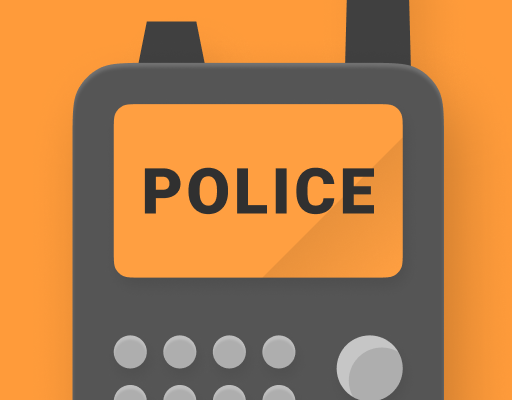Bringing Access to Digital Learning to All Students

Technology use in the world today is widespread. Students are becoming more tech-savvy, and the rapid shift to digital learning in classrooms certainly hasn’t gone unnoticed. Digital learning has been proven to increase student engagement, and when students are more engaged, their academic achievement improves. Digital resources allow learning that can be adapted to fit individual student needs.
How common is digital learning?
Access to devices for student use in digital learning at school is becoming more common. According to a recent survey, 59 percent of schools today are 1:1 schools, providing a Chromebook, tablet, or other device to each student. Some districts implement programs where students can bring their own device, and for students that don’t have a device, the district will provide one for them to use throughout the school year.
How does digital learning affect teachers and administrators?
Digital learning makes teachers’ and administrators’ lives easier. With continuous assessment through digital learning, teachers are able to monitor each student’s progress and time on task through various programs and can redirect students who may be off task without calling attention to them. Administrators can analyze and monitor data for both teachers and students to see how well digital learning resources are working.
How does digital learning help students expand their knowledge?
Digital learning allows students to participate in programs that they don’t have at school. STEM programs can be costly for school districts, but there are many virtual courses available to students online to help them become more engaged and perform better in STEM subjects, an area where a lot of students struggle academically.
How important is digital learning at home?
It’s easy to see how digital learning is beneficial to increasing student engagement in a school setting. But with the uncertainty of the world today causing more students to have to learn from home, how is digital learning going to be adapted for promoting student engagement outside of school? Most 1:1 programs allow students to take their devices home with them, but this does no good for students in rural areas or lower-income families without access to the internet. The students who don’t have the ability to participate in distance learning from home will struggle.
Solving the opportunity gap among students is one of the toughest problems that school administrators face. Students from low-income families without access to resources are often the students who struggle the most and therefore need the most help and support in order to succeed. Studies from the U.S. Census Bureau show that around 12 percent of families are living in poverty. Their student’s academic performance may not be top priority.
How can digital learning be provided at home to students without the internet?
It is up to school districts to come up with a solution. Many schools are either purchasing internet hotspots for students or providing vouchers so that families can purchase them themselves at a reduced cost. Some schools are providing WiFi-equipped school buses that park in neighborhoods for students to access the internet. That will certainly help, but there is still work to be done in order to provide equal educational opportunities for all students in a world of digital learning.





